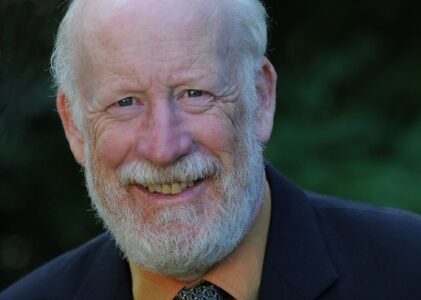Water demand needs to be identified says MLA
Last week in legislature, Boundary-Similkameen MLA John Slater highlighted the government’s advancements in water conservation awareness and encouraged water stewardship across B.C.
“We are leading the rest of Canada by having a powerful water accounting model that will allow communities to understand the availability of water supplies and the demands that they place on that supply. Knowing that, communities can better adapt to climate change and population growth.
“You can’t manage what you can’t measure. How much water have we got, how much water are we using, and how much are we going to need in the future?” said Slater. “In our driest basin, one which I am very intimate with, the Okanagan, a groundbreaking study that is unique and powerful in many ways has been accomplished. The demand project will be used as a model throughout other areas in the province.”
Slater focused on the government’s initiative to modernize the Water Act to meet current expectations and promote stream health and water security. He emphasized that while B.C. uses 65 per cent more water than the average developed country, British Columbians are taking control of their water consumption.
“Across the province British Columbians are rising to the challenge, thinking about and sharing their views and solutions for the modernization of our Water Act. They’re getting involved [in] solutions for the modernization of our Water Act,” explained Slater. “They are getting involved in the law review process through traditional and innovative engagement methods such as workshops, submissions, a discussion paper, our website and a blog that is collecting input into policy development, a first for B.C.
“We certainly do encourage everybody with all their concerns to make sure that we are hearing what everybody has to say, because what government does is only part of the solution. Government cannot manage water alone. Through Living Water Smart B.C., we challenge British Columbians — businesses, the farms, the communities — to protect and preserve and conserve our water.”
For more information on sustainable water consumption, please visit www.livingwatersmart.ca.






















